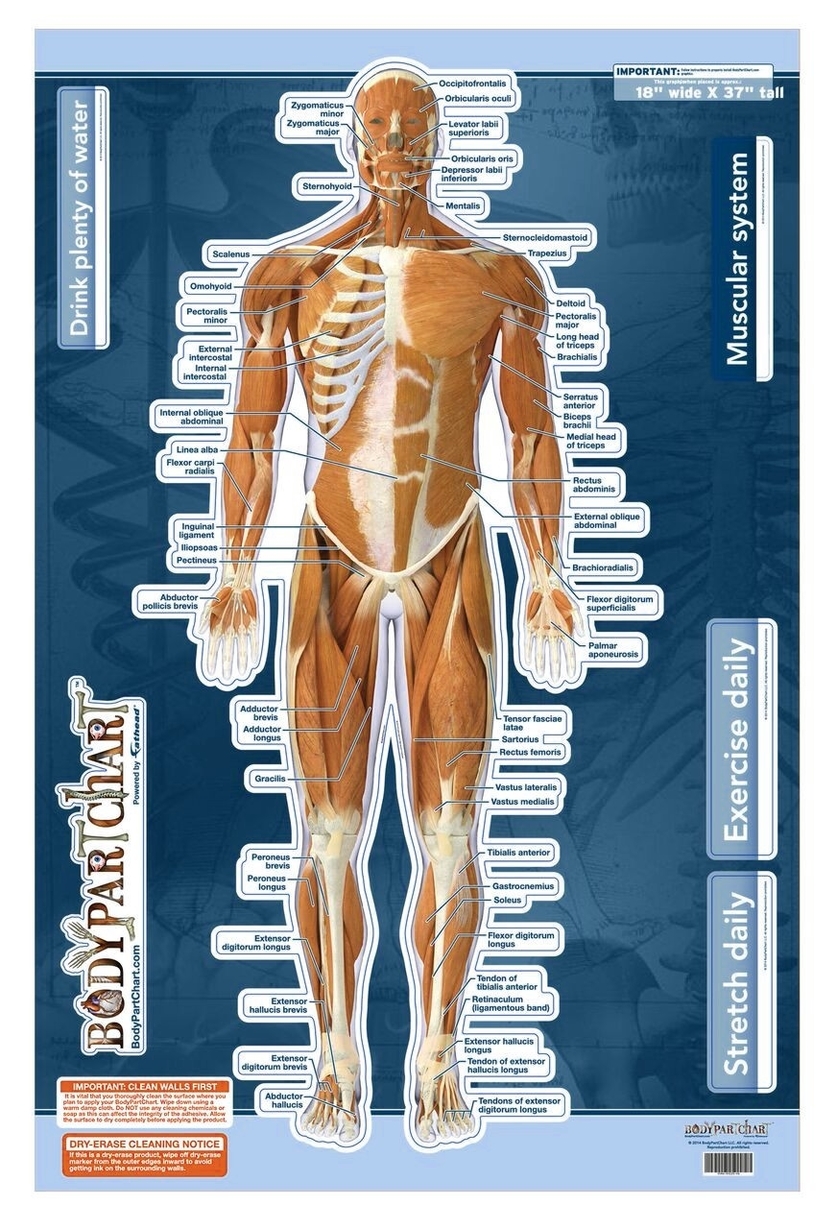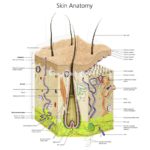The Muscular System Sticky Wall Chart – Anterior is a highly detailed and visually appealing educational tool designed to aid in the understanding of the human muscular system.
Product Description
This chart is made of high-quality vinyl with a self-adhesive backing, making it easy to apply, move, and erase. The chart features patient-appropriate anatomical images that are highly accurate, providing a more visual explanation of the muscular system. The vivid detail and high-definition colors deliver a three-dimensional look and feel.
Usage
The chart is an excellent tool for healthcare providers to use during patient consultations, reporting findings, and explaining procedures. It can help to instill confidence and trust in patients by providing them with a clear visual understanding of their muscular system. The chart can also be used in educational settings, such as classrooms or labs, to inspire and educate students.
ize Options
The chart is available in two sizes: Medium (27″ x 40″) and X-Large (54″ x 80″). This allows for flexibility in usage, depending on the space available and the level of detail required.
Anterior Muscles
The anterior muscles of the torso, which are depicted on the chart, include the muscles of the chest, abdomen, and pelvis. These muscles play crucial roles in respiration, torso movement, and the maintenance of balance and posture.
Chest Muscles
The chest muscles, including the intercostal muscles and the diaphragm, form the chest wall and function in respiration. The pectoral muscles, comprising the pectoralis major and minor, exert force through the shoulder to move the upper arm.
Abdominal Muscles
The abdominal muscles, including the obliques and the rectus abdominis (commonly referred to as the “six-pack abs”), assist in bending and twisting the torso. These muscles also play a significant role in trunk stabilization.
In conclusion, the Muscular System Sticky Wall Chart – Anterior is a valuable tool for both healthcare providers and educators. It provides a detailed and visually engaging representation of the anterior muscles, aiding in patient communication and education..



